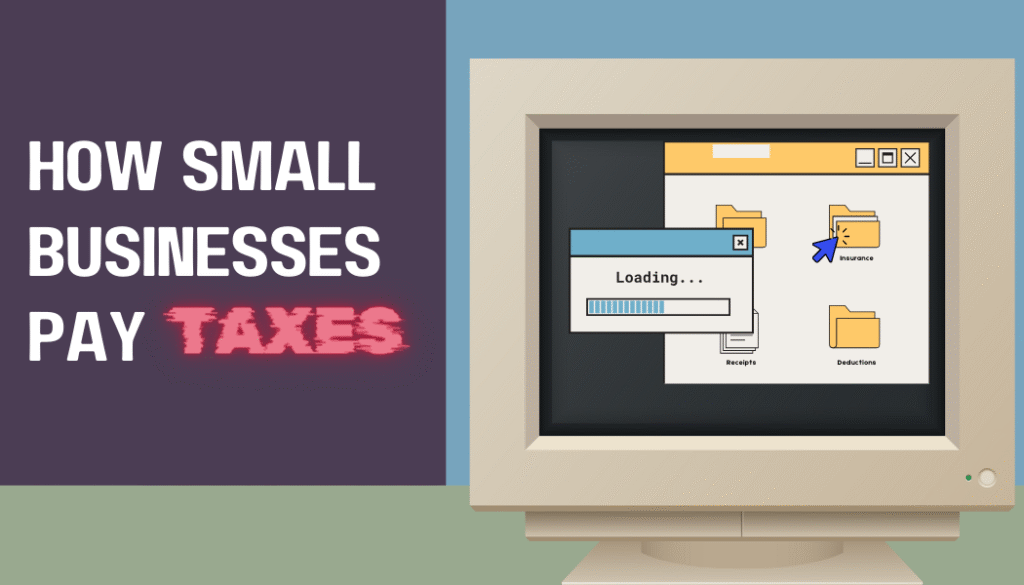
In this detailed guide, we’ll explore the various types of taxes that small businesses are required to pay, the steps involved in paying taxes, and important considerations to keep in mind.
Types of Business Taxes
- Income Tax: Small businesses are subject to income tax, which is based on the profits earned by the business. The income tax rate varies depending on the legal structure of the business, such as sole proprietorship, partnership, or corporation.
- Self-Employment Tax: If you are self-employed or a sole proprietor, you are responsible for paying self-employment tax, which covers Social Security and Medicare taxes.
- Employment Taxes: If your business has employees, you are required to withhold and pay employment taxes, including Social Security, Medicare, and federal income taxes.
- Sales Tax: Depending on your location and the nature of your business, you may need to collect and remit sales tax on goods or services sold. The rates and rules for sales tax vary by state.
- Excise Tax: Certain businesses, such as those selling alcohol, tobacco, or gasoline, may be subject to excise taxes on specific products.
- Property Tax: If your business owns real estate or personal property, you may be required to pay property taxes based on the value of the property.
How to Pay Taxes as a Small Business
- Obtain an EIN: Before you can pay taxes, you’ll need to obtain an Employer Identification Number (EIN) from the IRS if you don’t already have one.
- Keep Accurate Records: Maintaining detailed records of your income, expenses, and deductions is essential for calculating your tax liability accurately and reducing the risk of an audit.
- Choose a Tax Year: Most small businesses use the calendar year as their tax year, but you can choose a fiscal year that better aligns with your business’s operations.
- File the Right Forms: The forms you need to file depend on the legal structure of your business. For example, sole proprietors use Schedule C (Form 1040) to report business income and expenses, while corporations use Form 1120.
- Pay Estimated Taxes: Small businesses are generally required to pay estimated taxes quarterly. This includes income tax, self-employment tax, and any other applicable taxes.
- Consider Tax Credits and Deductions: Take advantage of tax credits and deductions available to small businesses to reduce your tax liability. Common deductions include those for home office expenses, business travel, and equipment purchases.
- File Electronically: Filing your taxes electronically is faster, more convenient, and less prone to errors than filing by mail.
- Seek Professional Help: If you’re unsure about how to pay taxes or need help navigating complex tax issues, consider consulting with a tax professional who can provide guidance tailored to your business’s needs.
Paying taxes as a small business can be complex, but with careful planning and attention to detail, you can fulfill your tax obligations effectively. By understanding the types of taxes you’re responsible for, keeping accurate records, and seeking professional help when needed, you can manage your taxes with confidence and avoid potential pitfalls.
About The Author
Are you learning to navigate Quickbooks but need a little help? James Wegener, the CEO of The QuickBooks Guy, LLC, is here to guide you every step of the way. With over 20 years of experience in bookkeeping and a deep understanding of financial software solutions, James is the go-to expert for those seeking to optimize their financial operations.
Don’t let bookkeeping challenges hold you back any longer. Reach out today at 678-923-5904 or drop an email to TheQuickBooksGuy@gmail.com.
It’s time to get your books done right!




